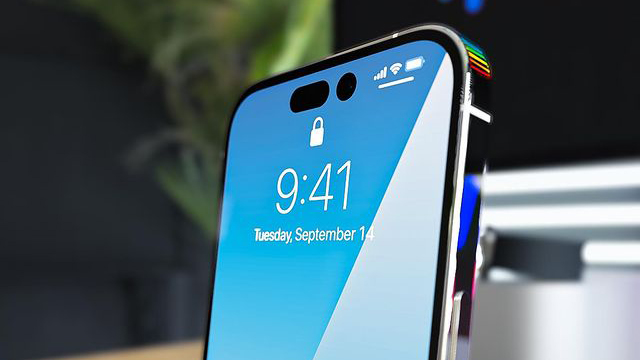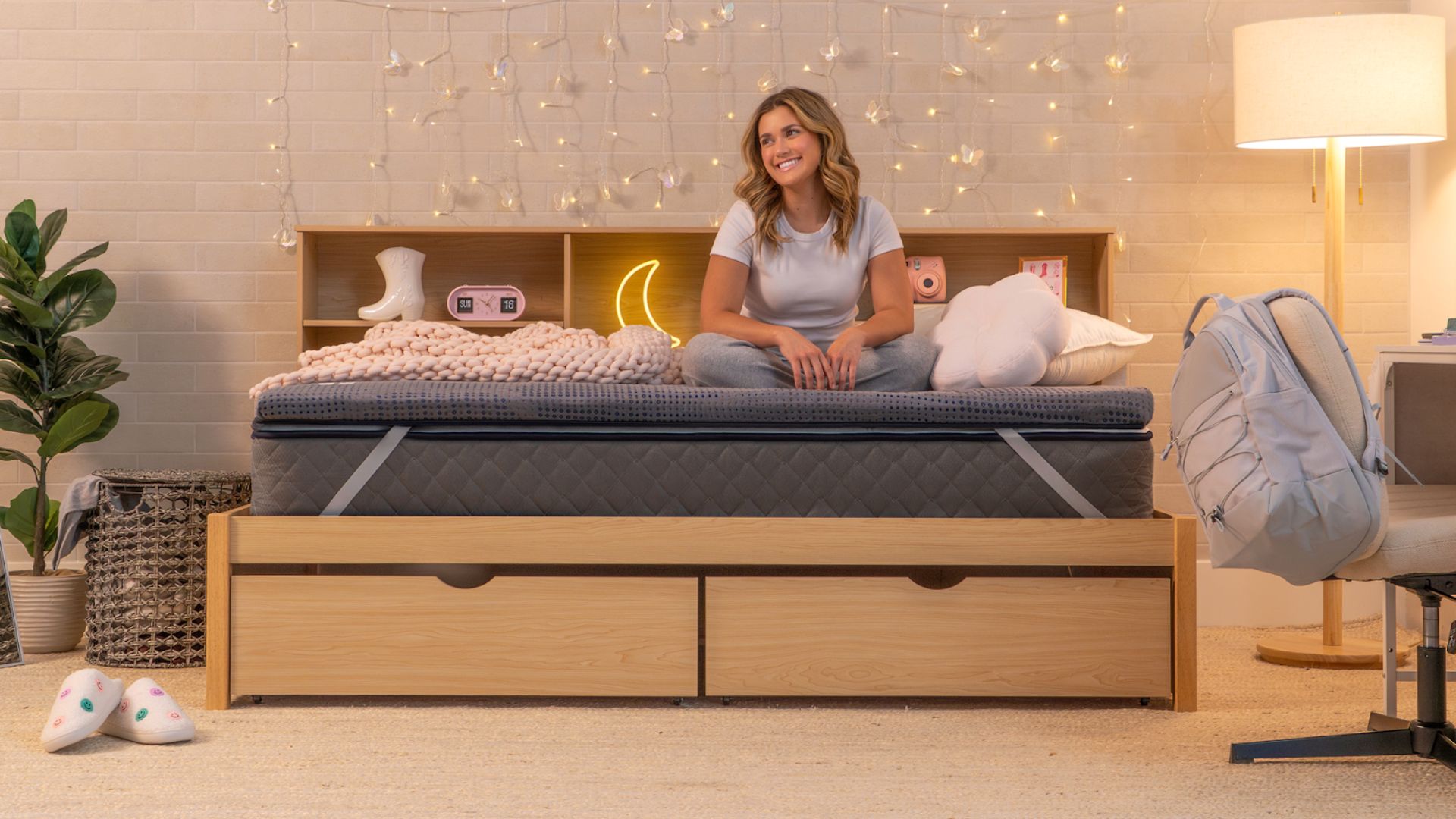iPhone 14 Pro just tipped for the feature we really want
Finally, an always-on display

This fall's iPhone 14 Pro models may get another trick up their sleeve. And it will allow Apple's phones to finally match a feature that you'll find on leading Android devices.
The iPhone 13 Pro and iPhone 13 Pro Max both gained 120Hz refresh rates when Apple introduced those two models last fall. The screens are adaptive, ramping up to 120Hz when on-screen activity would benefit from the faster refresh rate (like, when you scroll through a web page) and scale down to 10Hz when things are more static. The dynamic refresh rate allows phones to reap the benefits of a fast-refreshing display while preserving some battery life.
Responding to a question on Twitter, Display Supply Chain Consultants CEO Ross Young said he's expecting the iPhone 14 Pro models to have an even wider range of refresh, gaining the ability to scale down to a 1Hz rate. That would match the range available in phones like the Galaxy S22 Ultra and OnePlus 10 Pro, both of which can scale down to 1Hz and up to 120Hz, as your phone activity warrants.
Can’t confirm, but expecting it.May 23, 2022
Being able to scale the refresh rate down to 1Hz can be just as beneficial as the smoother screen and more immersive graphics that a fast refresh rate provides. In some cases, that can extend the battery life of the phone. But as MacRumors points out in its report on Young's comments, it could also clear the way for iPhones to add an always-on display this fall.
Always-on displays consistently show the time and date on your phone's screen without you having to touch the device. Many implementations of always-on displays incorporate other data like upcoming appointments, weather and battery percentage. They've become a fairly common sight on the Android side of things. For the iPhone, not so much as the closest thing Apple offers to an always-on display is a lift-to-wake feature that requires you to pick up your phone to check the time.
My colleague Jordan Palmer is a big fan of always-on displays — so much so that it's one of the big features he'd like to see come to the iPhone this fall. (And not just the Pro models; he thinks it would be a great addition to the standard iPhone 14 and iPhone 14 Max, too.) And one of his most compelling arguments for adding the feature is that ever since Apple's switch to OLED panels for all its flagship phones, there's nothing standing in Apple's way of putting always-on displays on the iPhone.
There will be even less of an obstacle, should Young's expectation of improved dynamic refresh rates come to pass with the iPhone 14 Pro. Apple already improved the battery life on its iPhone lineup with the iPhone 13 by increasing the size of the batteries in those phones from the power packs used in the comparable iPhone 12 models. Adding a less power-hungry adaptive refresh rate to the iPhone 14 Pro and iPhone 14 Pro Max would alleviate any concerns that an always-on display might shrink battery life. (Not that always-on displays are big power hogs to begin with.)
Sign up to get the BEST of Tom's Guide direct to your inbox.
Get instant access to breaking news, the hottest reviews, great deals and helpful tips.
As MacRumors points out, Apple is not exactly a stranger to always-on display technology, having introduced it to the Apple Watch lineup with the Apple Watch 5. Surely it's time for the iPhone to join the mix, especially if the display on the iPhone 14 Pro is slated to become more power efficient.
Right now, iPhone rumors point to the Pro models getting the lion's share of the noteworthy changes this fall, from a notch-free display to a 48MP main camera. An always-on display may not rank as high as those enhancements on our wish list, but it would certainly make a future iPhone a much more useful device.
In the meantime, check out our iPhone 14 Pro hub for all the latest rumors and leaks, and check out the latest report on one of the four iPhone 14 models being weeks behind schedule.
Philip Michaels is a Managing Editor at Tom's Guide. He's been covering personal technology since 1999 and was in the building when Steve Jobs showed off the iPhone for the first time. He's been evaluating smartphones since that first iPhone debuted in 2007, and he's been following phone carriers and smartphone plans since 2015. He has strong opinions about Apple, the Oakland Athletics, old movies and proper butchery techniques. Follow him at @PhilipMichaels.

